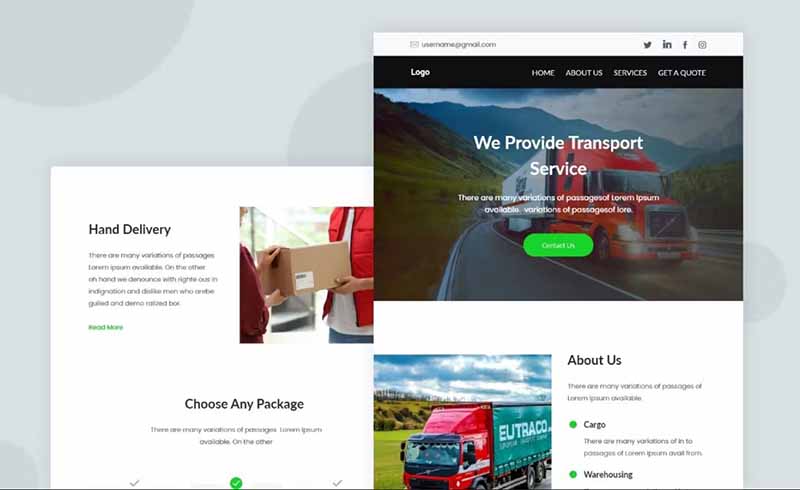The transport and logistics industry, an essential backbone of the global economy, relies heavily on communication to maintain its complex networks. Transport Email newsletters have emerged as a crucial tool for enhancing communication, engagement, and operational efficiency. Here’s how businesses in this sector can leverage Transport email newsletters effectively.
The Role of Email Newsletters in Transport & Logistics
Email newsletters serve as a direct line of communication between companies, employees, partners, and customers. In transport and logistics, these newsletters can cover a wide range of topics, from industry trends and regulatory updates to company news and customer testimonials. The flexibility of email newsletters allows organizations to disseminate relevant information in a timely and efficient manner.
Best Practices for Effective Transport Email Newsletters
To ensure maximum engagement, transport and logistics companies should consider the following best practices:
- Relevant Content: Content should be tailored to the interests and needs of the audience. For internal stakeholders, this might mean updates on new safety protocols or training sessions. For customers, it could involve tracking shipments, new services, or case studies demonstrating successful deliveries.
- Consistent Schedule: Establishing a regular cadence for newsletters fosters anticipation and ensures your audience stays informed. Whether it’s weekly, bi-weekly, or monthly, consistency builds trust and reliability.
- Engaging Design: A visually appealing design can significantly impact engagement. Use clear layouts, high-quality images, and easy-to-read fonts to make the newsletter inviting. Incorporating interactive elements, like clickable links and embedded videos, can further boost engagement.
- Clear Call to Action (CTA): Every newsletter should have a purpose, whether it’s encouraging feedback, promoting a new service, or sharing a recent success story. Including clear CTAs helps guide the reader toward desired actions, like visiting a website or contacting a representative.
- Data-Driven Approach: Use analytics to track key metrics such as open rates, click-through rates, and subscriber growth. This data can inform content strategy and highlight areas for improvement.
Benefits of Effective Transport Email Newsletters
When executed effectively, Transport email newsletters can bring significant benefits to transport and logistics companies. They can enhance customer relationships, improve internal communication, and foster a sense of community among stakeholders. Additionally, they can serve as a valuable marketing tool, showcasing the company’s achievements and unique selling points to a broader audience.
In the fast-paced world of transport and logistics, effective communication is paramount. Email newsletters offer a cost-effective and versatile way to keep all stakeholders informed and engaged. By focusing on relevant content, consistent schedules, engaging design, clear CTAs, and a data-driven approach, companies in this sector can maximize the impact of their email newsletters and drive long-term success.











